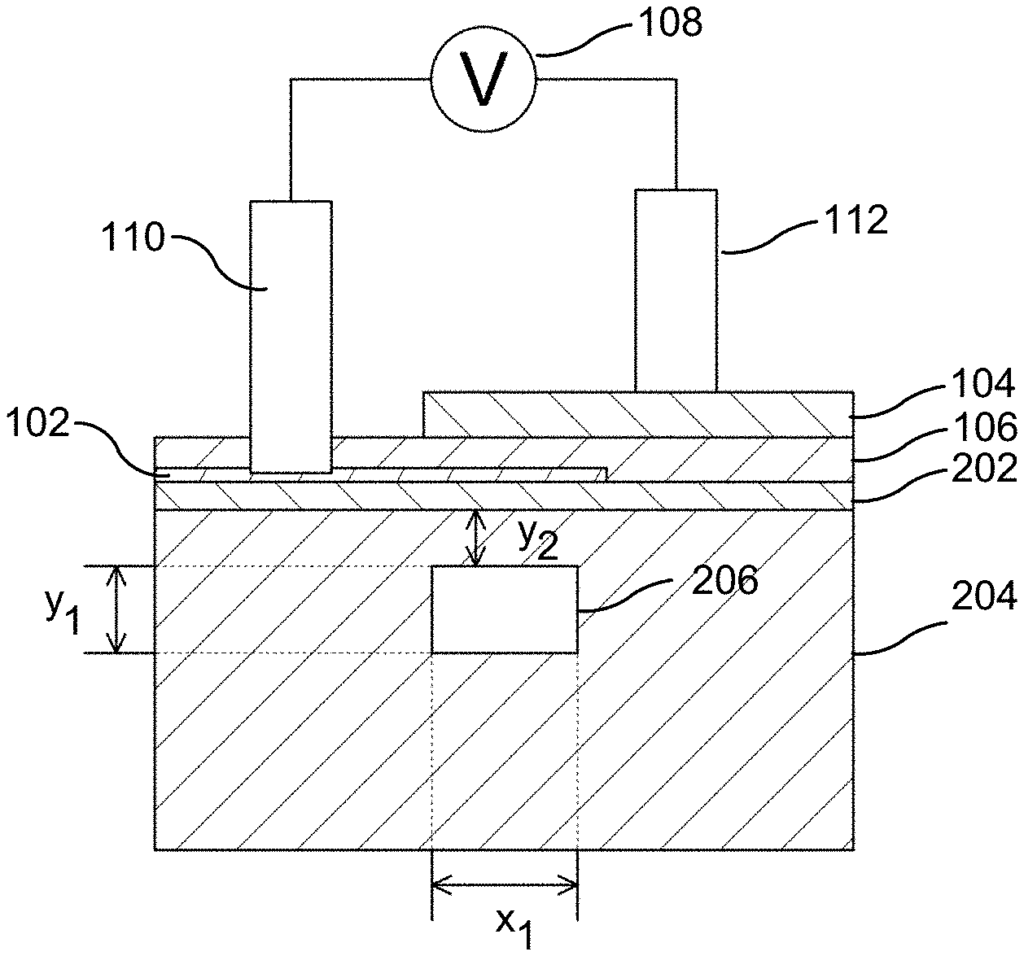Next-Level Optical Modulation for High-Speed Data and Photonic Systems
Introduction
In the age of high-speed data and advanced communication networks, the demand for faster, more efficient optical modulation technologies has never been greater. As industries move toward photonic systems that can outpace traditional electronics, the ability to modulate light quickly and with precision is critical for driving new advancements in telecommunications, data centers, and quantum computing. Our patented electro-refractive modulation technology in photonic structures offers a breakthrough solution for industries seeking to expand the capabilities of their optical communication systems.
Current Barriers in Optical Modulation Technologies
Traditional methods of optical modulation often face performance bottlenecks, especially when it comes to achieving the speeds necessary for next-generation data transmission and processing. Many existing technologies rely on electro-optic or thermo-optic effects, which can be limited by slower response times, higher power consumption, or complex integration processes. In a world where data demands are growing exponentially, these limitations hinder the development of more scalable and efficient photonic systems.
Telecommunications providers and data centers, in particular, require optical modulators that can handle massive amounts of data traffic without compromising on speed, efficiency, or performance. The need for more compact, energy-efficient, and faster optical modulators has become a key area of focus in the industry.
Electro-Refractive Modulation: A Superior Approach
Our electro-refractive modulation technology is designed to overcome these challenges by providing a highly efficient and fast method for modulating light within photonic structures. The innovation leverages the electro-refractive effect—where the refractive index of a material is altered by an applied electric field—to achieve precise and rapid modulation. This allows for enhanced data transmission speeds, reduced power consumption, and greater overall efficiency in optical systems.
This technology is particularly well-suited for telecommunications networks, where high-speed data transmission is critical, as well as in quantum computing, where light manipulation plays a key role in information processing. Additionally, the electro-refractive modulation can be seamlessly integrated into existing photonic circuits, making it a flexible solution for manufacturers looking to upgrade their systems without overhauling their infrastructure.
Key Advantages
- High-Speed Data Transmission: By utilizing electro-refractive effects, this technology enables faster data modulation, ideal for next-generation telecommunication networks.
- Lower Power Consumption: The efficiency of this method reduces the power required for optical modulation, making it suitable for energy-conscious applications.
- Scalable and Flexible: The technology can be easily integrated into existing photonic devices and circuits, offering flexibility in both design and application.
- Versatile Applications: From telecommunications to quantum computing, the broad range of uses makes this a valuable asset for industries seeking to enhance their photonic systems.
A Critical Asset for the Future of Photonics
Licensing this electro-refractive modulation technology provides businesses with a cutting-edge tool to lead in the photonics and telecommunications sectors. With its ability to deliver faster, more efficient data transmission and processing, this technology is poised to become an essential component in the future of high-speed communication and photonic-based computing systems.

- Abstract
- Claims
What is claimed:
Share
Title
Electro-refractive modulation in photonic structures
Inventor(s)
Michal LipsonJames HoneNanfang YuIpshita DattaSanghoon ChaeGaurang R BhattDmitri N Basov
Assignee(s)
Columbia University in the City of New York
Patent #
11256112
Patent Date
February 22, 2022
